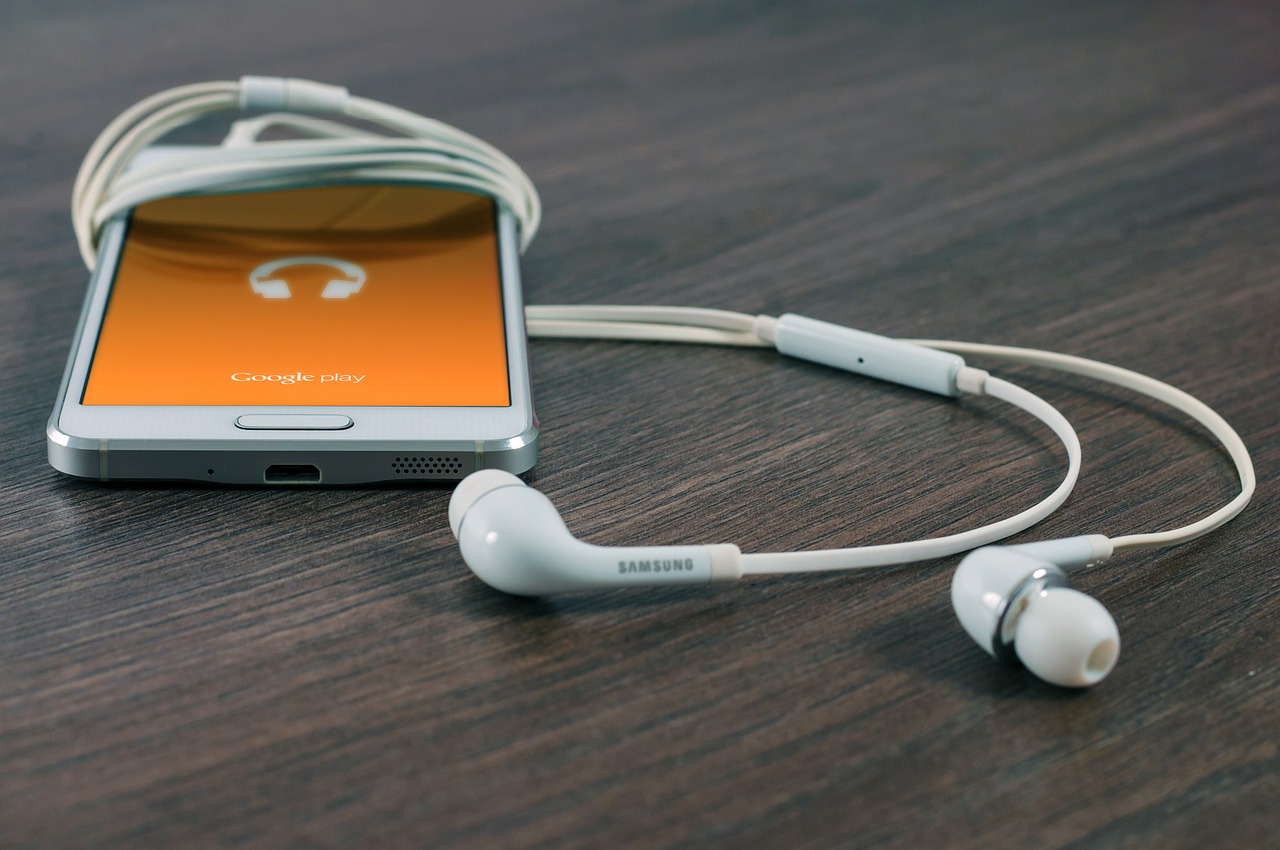Today, due to recent improvements in microphone technology, more smartphones are being pressed into service as audio recorders: whether by students recording a lecture for later study, managers recording an important meeting or conference call, or journalists or scholars recording in-person interviews. If you’re someone who frequently uses a smartphone for recording, here are some simple tips and tricks you can try to help get the highest-quality audio possible.
Explore your phone’s sound settings
 Before you begin recording, make sure that the settings of your device and audio recording application are properly configured. Often, the default recording quality is set very low. While this might help to save storage space (high-quality audio files can be quite large), it can sometimes result in files that are distorted or hard to hear. If your phone has enough available memory, it’s a better idea to set the recording quality as high as possible. After all, you can always compress high-quality audio files later, but it’s much harder to improve files that were originally recorded in a low-quality mode.
Before you begin recording, make sure that the settings of your device and audio recording application are properly configured. Often, the default recording quality is set very low. While this might help to save storage space (high-quality audio files can be quite large), it can sometimes result in files that are distorted or hard to hear. If your phone has enough available memory, it’s a better idea to set the recording quality as high as possible. After all, you can always compress high-quality audio files later, but it’s much harder to improve files that were originally recorded in a low-quality mode.
Choose the right app
Speaking of recording applications, there is an impressive variety of sound recording apps available for all brands of smartphones. But remember that not all of these apps are created equal, and not every app is appropriate for any recording situation. Try testing out a few different apps to see which one best suits your device and the type of sound recording you do most often. Professional-level apps are not always free of charge, but they can be a worthwhile investment if you’re looking for the highest quality.
Use an external microphone
Your smartphone’s internal microphone is usually good enough for most basic recording situations (such as a meeting or an interview), but if you’re recording in a loud environment, or you’re looking for crystal-clear sound quality, using an external microphone can be a big help. Most smartphones have a microphone jack or an input jack. Even a basic external microphone can offer a significant improvement over an internal smartphone mic.
Get close to the source
Whether you’re recording with your device’s internal microphone or using an external microphone, it’s a good idea to get as close to your sound source as you can. If you’re recording a presentation, for example, place your phone right on the podium if possible. This will provide greater clarity and minimize distortions or disturbances from elsewhere in the room. It can also help to place the phone on something soft, such as a scarf, to avoid picking up sounds such as the speaker bumping the podium or clicking through presentation slides on a laptop.
Run a test
Don’t run the risk of listening to your recording after the lecture or conference call, only to discover that all you can hear is the air conditioning unit next to which you unknowingly placed your phone. Instead, get to your recording location early and do a few quick tests to determine the best place to put your device and to identify any potential problems such as electrical interference or an unexpected source of noise. A sample file of the ambient noise in the room will also serve as a useful tool to patch up any sound irregularities that you notice later on when you are editing the audio file.
Turn off your phone’s alerts
The last thing you want to hear in the middle of your recording is a text message notification alert. Make sure your phone itself isn’t a source of unwanted noise by setting it to airplane or silent mode.
Keep your phone plugged in
 It may be an obvious tip, but it’s an important one. Depending on the type of device you’re using, the sound quality you’re working with, and the length of the event or interview, your smartphone battery may run down before you’ve finished recording. To avoid this, try keeping your phone plugged in and charging while you record. If no external power source is available, you might want to invest in a portable power pack that you can connect your phone to in case of a low-battery emergency.
It may be an obvious tip, but it’s an important one. Depending on the type of device you’re using, the sound quality you’re working with, and the length of the event or interview, your smartphone battery may run down before you’ve finished recording. To avoid this, try keeping your phone plugged in and charging while you record. If no external power source is available, you might want to invest in a portable power pack that you can connect your phone to in case of a low-battery emergency.
Back up your audio files
Like any other file which is stored on your phone, it’s important to back up your audio files as soon as they’ve been recorded. You can protect your content by syncing your device with your computer, manually downloading the files, or exploring a cloud storage option like Dropbox or Google Drive.
Use tape to boost the microphone’s sensitivity
If there is a lot of ambient noise at your recording location, try this simple pro tip to help eliminate distortion and boost the sensitivity range of your smartphone’s internal microphone. Simply place a small piece of Scotch tape over your device’s microphone, smoothing it out so that there are no air bubbles or creases. You’ll be amazed at the difference.

